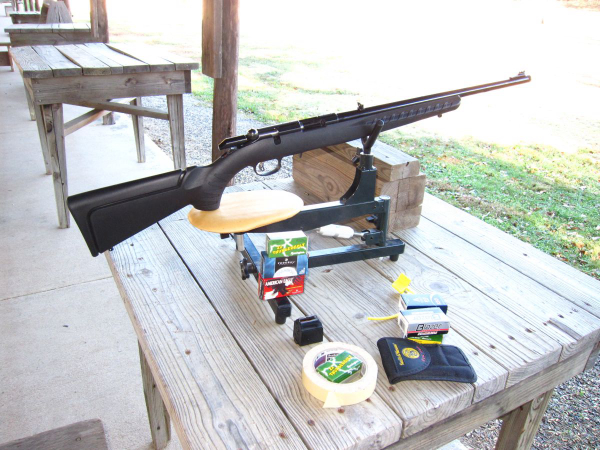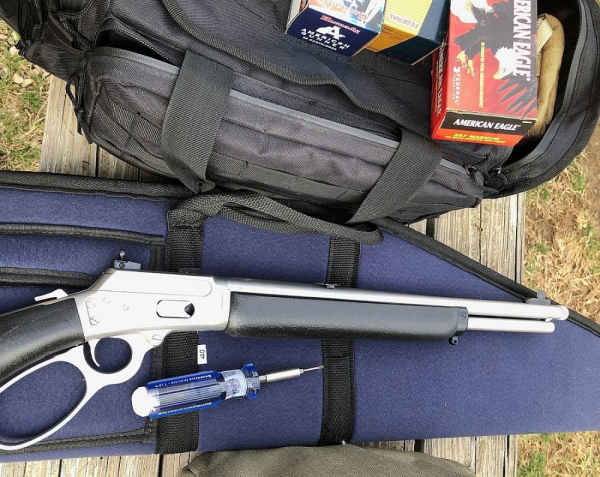It’d been weeks since the last range trip. Our normally hot and dry summer turned monsoon-ish in the middle of July. Temps remained high with humidity being even higher. Finally, I had a bit of schedule clearing for my first range trip in too long a time.

If you're taking an "untried" firearm to the range -- or even if it's one you've come to rely on -- taking another of a firearm of a different format can "save the day" if the gun that's the primary reason for the trip doesn't work ... or if the appropriate range bay isn't available.
I had plenty of work to do for features: new guns had come in, some optics and some support gear. The trip was dazzlingly disastrous. There were no injuries except pride and some lessons were learned.
So here are the conclusions.
1. New guns, whether custom guns or factory issued guns – may not work. You can see problems with function, accuracy and other issues … if you take it to the range before you rely on it. If you just holster up and go to work, you may never live to see those issues. But the crime scene people will figure it out. “It” happens – and that’s to everyone. Better to find problems on the range than out in the world – but it makes range days easier when stuff works.
2. Gizmos require tools. Anything that’s not actually part of the gun as it falls from the factory box is a gizmo. If you’re at the range when you need to fix gizmos, you likely will not have the tools you need. Ever happen to you? – It happened to me. “Prepared enough” ain’t. Back to the old drawing board. My second range trip for the week found me taking everything but the kitchen sink. Fortunately, none of it was needed. <sigh>

Having the right tools for the job (above) saves the day. Taking more than you need (below) doesn't hurt either.
As the world gets more complicated, the tools we use are more complicated. I’m glad to no longer need to get exposed film to be processed and get it back before I see results, but the gear to make digital photography needs some special handling too. You don’t get something for nothing.
In fact, optics likewise make life easier when you’re on the trigger. Not so much when you can’t figure out why they don’t work and not so much when you’re trying to find just the right wrench to zero the damned thing.
Next?
1. New guns seem to be configured at the factory to shoot under the sights … some it seems far under the sights. As far as 2” low with half the sight held up out of the rear notch at twenty feet. Seems like that’s just not right.
So, what to do? The answer is to do something. It’s a bit of a hike to get to the range. I have to travel up and down stairs several trips to get everything loaded in the car so I can get the job done when I get to the range. When I’m at the range and nothing is working out, it’s important to get some good of the trip.
This time was no different. I had a gun I couldn’t zero, one that was marginally functional and another that was a “do-over,” a second trip to get a start. As I had various ammunition brands and types, I set up a range of drills designed to help me find out where to hold to get the gun to hit. It wasn’t what I’d gone out there to do, but it was something worth doing – something you’ll see a feature on at some point.
It's not my first rodeo. I’d gone out before with a new, “embargoed” version of a modern classic handgun. I had everything I needed – except the appropriate caliber ammo.
I’d happened to have a rimfire rifle with me that I was going to check zero on while I was at the range. I turned the trip into an exploration of the accuracy of that rifle and optic with a range of loads.
It all worked out. Everyone has failures, makes errors and simply forgets. That’s not your measure. Finding a way to make something good out of it is.
-- Rich Grassi